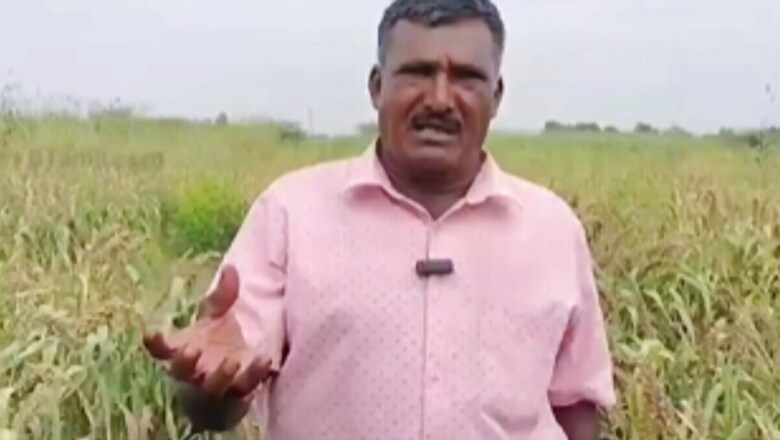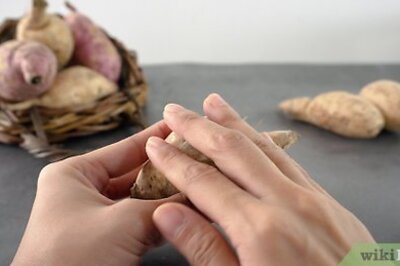
views
Virudhunagar is a dry region in Tamil Nadu and the municipality here often faces issues of water shortage. According to the nature of this terrain, only small grain farming is taking place on a large scale. Small grains are a category of crop typically referred to as cereal (such as wheat, oats, barley, rye, and rice). Farmers have reported that they are getting good profits in this farming due to less water requirement and maintenance costs as well. As per Local 18 Tamil Nadu, one of the farmers, who made great dividends with small grain farming, is Chatavu. He hails from Sengunrapuram village in Virudhunagar district. He has also shown great interest in organic farming. Chatavu says that a bundle of horsetail plants fetches him Rs 5000 to 7000. According to him, approximately 50 bundles of this plant are available on his three-acre land. He is therefore able to earn a good amount of Rs 2 to 3 lakh. According to Chatavu, he has to incur expenditure on using animal dung as fertiliser and cutting the weeds in farms twice. He said that there is no other expenditure in his work besides these tasks and sowing. The only thing Chatavu is dependent on is the rainfall.
There cannot be intensive agricultural activity in Virudhunagar due to the absence of rivers like the Cauvery Delta. Virudhunagar district remains one of the drought-prone areas in Tamil Nadu. Drought vulnerability has caused havoc in agriculture and caused uncertainty in farm production. This uncertainty has depleted the income and livelihood of farmers as well. The unpredictable nature of seasonal variations in farm income has also been pushing farmers into non-farm activities. The sustenance of farming in dry lands has become a real-life problem for farmers, mainly small and marginal farmers.
Due to this problem, many farmers have shifted to non-farm activities like animal husbandry. Animal husbandry is identified as an area for intervention to develop indigenous chicken. Chickens in rural villages throughout Africa and the Pacific for centuries are referred to as indigenous. They are easy to distinguish from standardised commercial or heritage breeds.



















Comments
0 comment